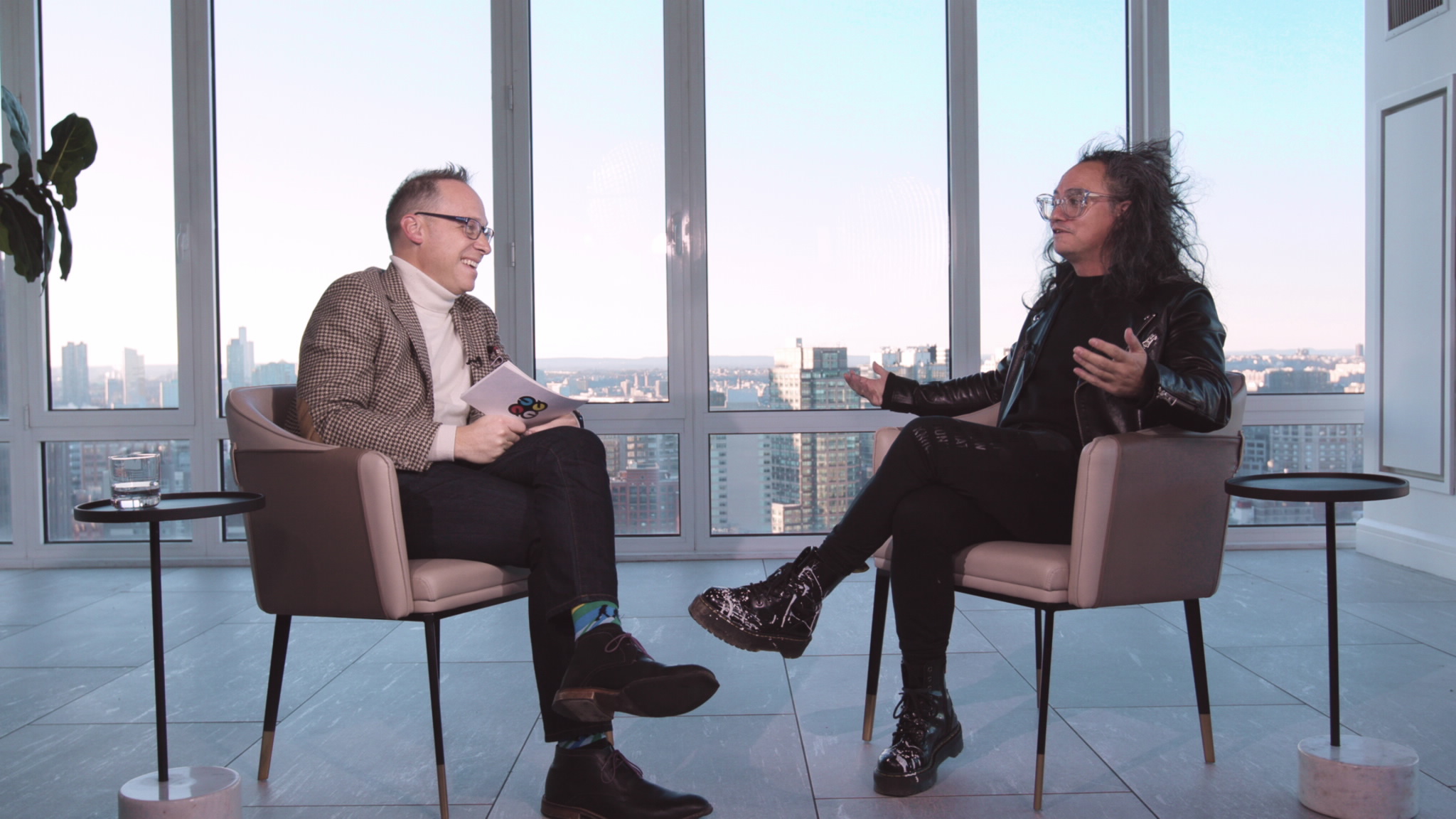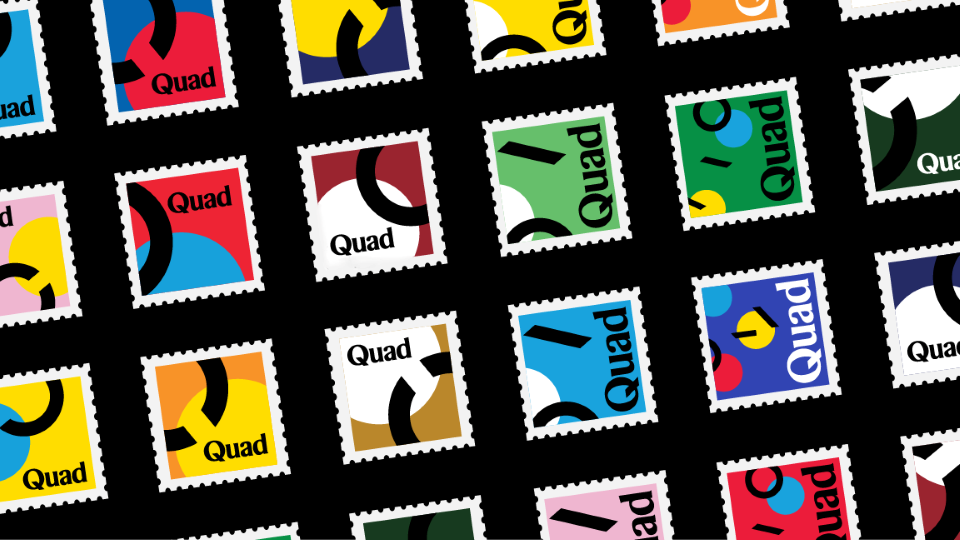An ongoing interview series between Quad and marketing leaders from some of the world’s biggest, most successful brands, as well as thought leaders from cutting-edge marketing research firms.
David Shing (known as “Shingy”) is an Australian futurist, speaker, creative director, strategic digital consultant, and entrepreneur.
Understanding that design can impact millions of people
As one of ten kids growing up in rural Australia, David Shing, aka Shingy, was heavily inspired by the arts, he told Quad CMO Josh Golden in the latest episode of “Next Level.” And when it came time to pick a career, he naturally gravitated towards his twin curiosities of fashion and design. But a piece of advice about design as a communication device, with the potential to impact millions of people, influenced his design tilt.
Graduating at the cusp of the desktop computing revolution as a classically trained graphic designer, he understood that disruption would always be essential to creativity. So, Shing embraced the future and picked up a new set of tech skills to start his career with AOL (America Online).
“I got to sit back and think what the real value of communication is,” Shing says of his time at the then-dominant web portal, where he helped build sites and worked across territories in media and marketing, with a focus on understanding and anticipating cultural change.
If you’re not actively disrupting, you’re being disrupted
Shing’s reputation as a forecaster of trends — a career that he’s continued post-AOL as a consultant — comes from his track record of advising brands on the unique opportunities afforded by emerging digital, social and mobile technologies.
“As a forecaster, I skim across the things that are culturally relevant and gravitate towards the things that pull me in as a subject matter of interest — a mile wide and an inch deep,” he said.
Commenting about social interaction in today’s Web 2.0 world, Shing said that “1% originate an idea, 9% contribute, but 90% observe.” He added that he’s focused on helping brands move beyond their broadcast-era thinking, using their digital footprint to have a more even exchange with consumers.
As with successful interpersonal relationships, brands participating in communities need to know how to act in a culture if they think they deserve to be there — and that bec. “If you know who you are as a brand, then you know how to behave.”
Brands that want to be change agents need to focus on “feel”
When asked by Golden what it takes to be a change agent, Shing listed three key attributes: performance, “feel” and story, each of which are relevant for both brands and individuals. Brands, he said, tend to over-index on emphasizing performance, because it provides an opportunity to hit consumers with data — “bigger, badder, better,” as he put it. But Shing recommended focusing on feel — “What’s the feeling I get?” —to regain our intuitive human instinct for sparking a connection. And when it comes to story, Shing says the best way to keep it inspiring yet grounded is to pick a personal narrative.



